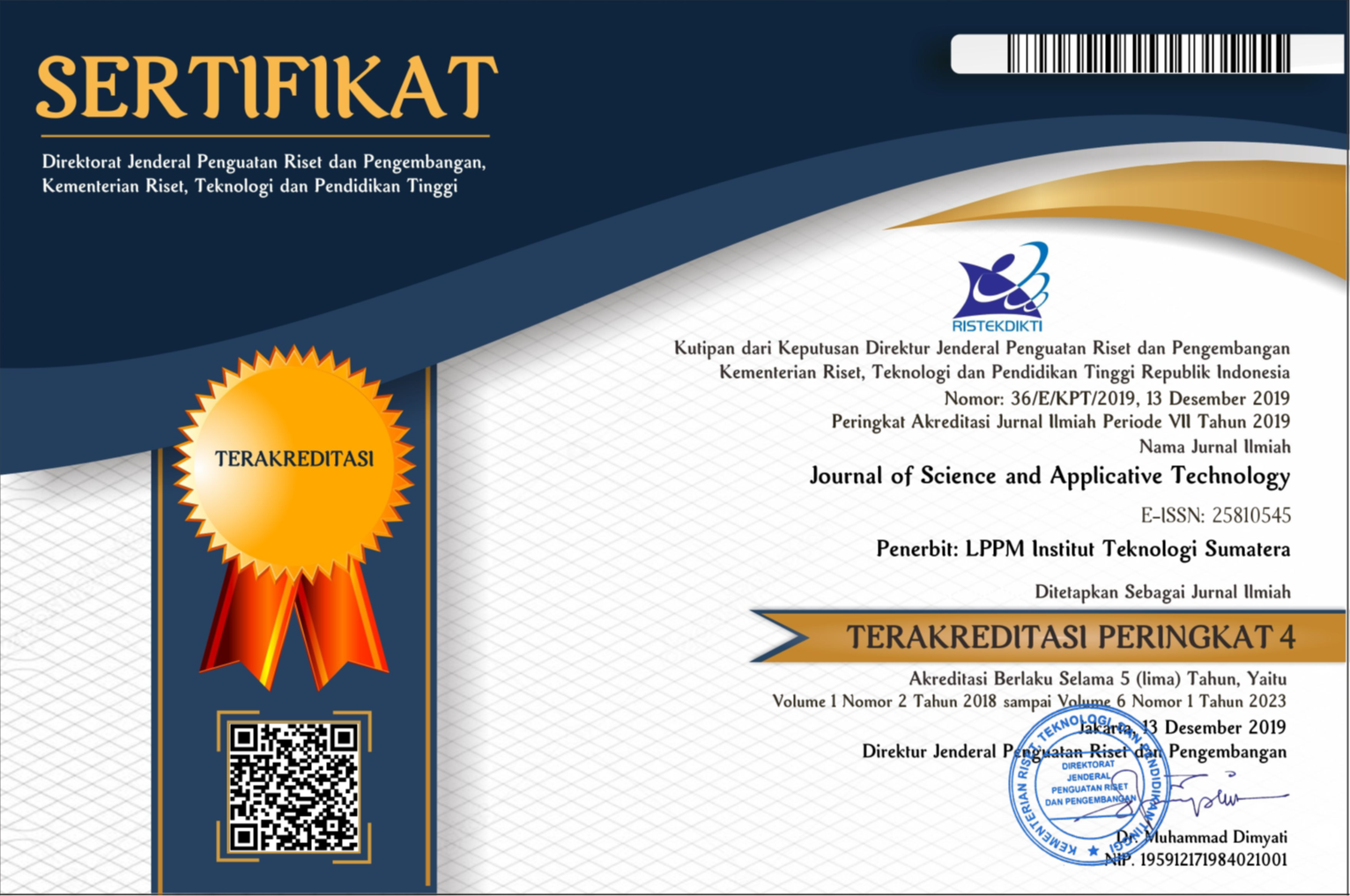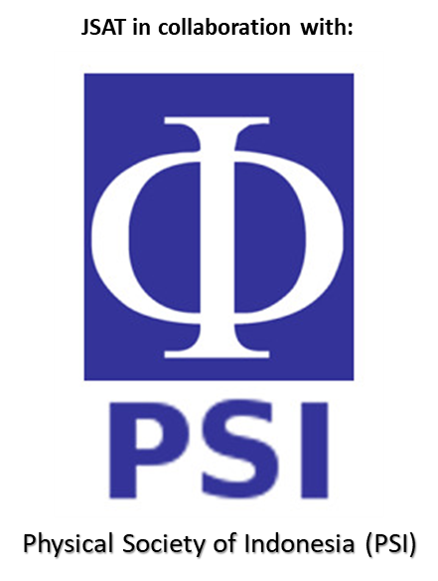Pengaruh Temperatur, Komposisi Bahan Cangkang Inti Kelapa Sawit dan Konsentrasi Perekat pada Karakteristik Briket Komersial dari Tempurung Kelapa Sawit
Abstract
Briquettes are an essential product for metal mineral processing plants in Indonesia. One good alternative raw materials for briquettes that do not pollute the environment is the palm kernel shell. This research was conducted by making briquettes from palm kernel shells to find optimal variations in carbonization temperature, material mixture, and adhesive mixture. The research was conducted on a laboratory scale. The palm kernel shell and coal kernel were carbonized at various temperatures, namely 450°C, 550°C, and 650°C, then crushed and sieved to 35 mesh. The powdered palm kernel shell and coal that have become powdered charcoal are weighted based on a mixture of powder and the adhesive composition ratio of 40 g. After that, the briquettes were formed under a pressure of 100 kg/cm² on a cylindrical mold with 40 mm. The analyzes carried out were moisture content, ash content, volatile substances content, fixed carbon content, calorific value, compressive strength, density, porosity, and SEM (Scanning Electron Microscope). The results showed that the briquette from the kernel of the palm kernel shell was optimal at a temperature of 550 ° C with a starch adhesive mixture of 7.5%, a pressure of 100 kg/cm², moisture content of 5.34%, an ash content of 5.81%, a substance content. Volatile amounted to 18.77%, 71.08% for fixed carbon, heating value 7125.86 cal/g. Density of 0.78, porosity of 0.04 and strength of 72.56 kg / cm².
Downloads
References
[2] R. B. Cahyono, G. Saito, N. Yasuda, T. Nomura, and T. Akiyama, “Porous ore structure and deposited carbon type during integrated pyrolysis-tar decomposition,†2014, doi: 10.1021/ef500201m.
[3] Meisrilestari, “Pembuatan Arang Aktif dari Cangkang Kelapa Sawit dengan Aktivasi Secara Fisika, Kimia dan Fisika dan Kimia,†Konversi, 2013.
[4] “Klasifikasi dan Syarat Mutu Briket Kokas SNI 4931 : 2010,†p. 4931, 2010.
[5] E. Kurniati, “Pemanfaatan Cangkang Kelapa Sawit Sebagai Arang Aktif,†J. Penelit. Ilmu Tek., 2008.
[6] R. B. Cahyono, A. N. Rozhan, N. Yasuda, T. Nomura, H. Purwanto, and T. Akiyama, “Carbon deposition using various solid fuels for ironmaking applications,†Energy and Fuels, 2013, doi: 10.1021/ef400322w.
[7] T. Muji, A. Setiawan, and G. Pamungkas, “Pembuatan Karbon Aktif dari Hasil Pirolisis Ban Bekas Production of Activated Carbon from Waste Rubber Tyres Pyrolisis,†Eksergi, 2018.
[8] M. Y. Thoha and D. E. Fajrin, “Pembuatan Briket Arang dari Daun Jati dengan Sagu Aren Sebagai Pengikat,†J. Tek. Kim., 2010.
All the content on Journal of Science and Applicative Technology (JSAT) may be used under the terms of the Creative Commons Attribution-NonCommercial 4.0 International License.
You are free to:
- Share - copy and redistribute the material in any medium or format
- Adapt - remix, transform, and build upon the material
Under the following terms:
- Attribution - You must give appropriate credit, provide a link to the license, and indicate if changes were made. You may do so in any reasonable manner, but not in any way that suggests the licensor endorses you or your use.
- NonCommercial - You may not use the material for commercial purposes.
- No additional restrictions - You may not apply legal terms or technological measures that legally restrict others from doing anything the license permits.





















